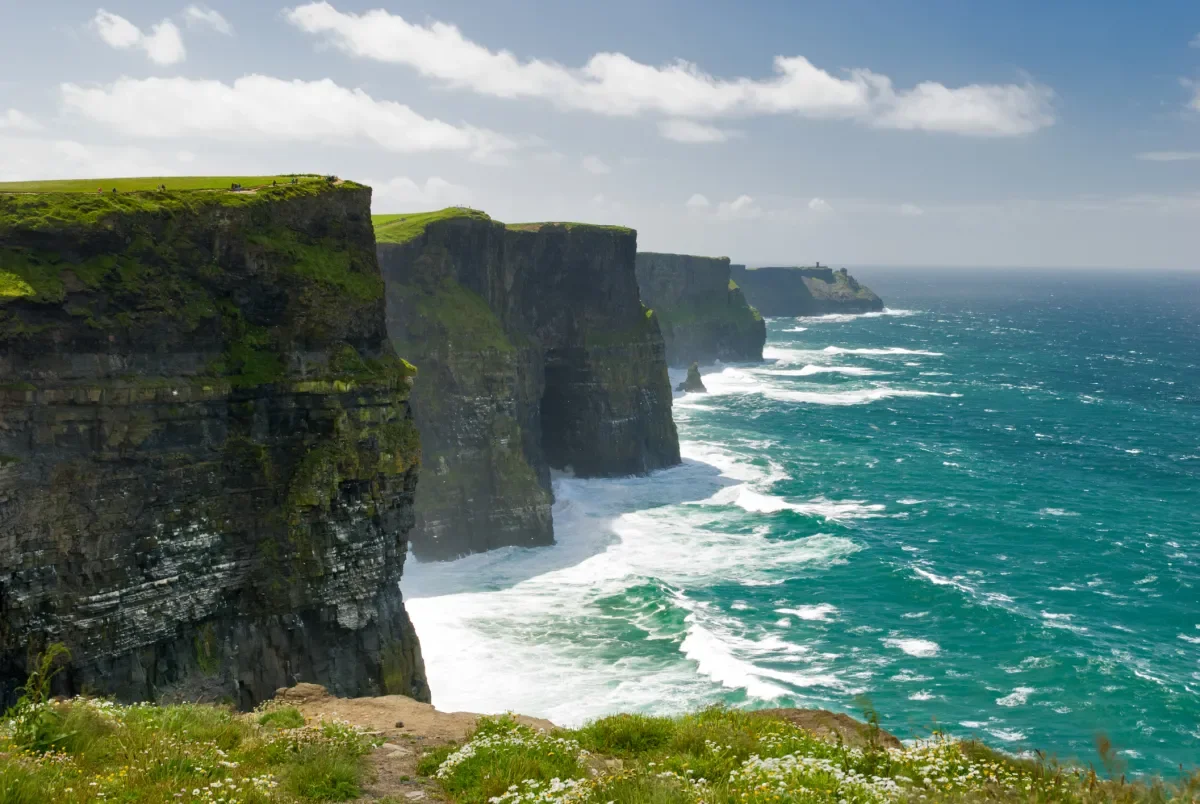

Coastal Atlas of Ireland Public Seminar Series
A morning of talks and discussion with the editors of The Coastal Atlas of Ireland
The event will also be streamed live.
About this event
The symposium presentation by the Coastal Atlas of Ireland editors, Robert Devoy, Val Cummins, Barry Brunt, Darius Bartlett and Sarah Kandrot, will talk about the development of this award-winning book (Best Irish Book of the Year 2021, An Post Book Awards). The talk (c. 30 minutes), based on showing a series of the graphics (original maps and photographs) from the Atlas, will cover the main themes presented in this internationally ground-breaking work about Ireland’s coastal environments and its many different landscapes.
Four main themes will be developed: those of its physical and environmental coastal settings, processes and issues; the people, settlement and the urbanisation of Ireland’s coasts; issues of coastal management and, lastly, Ireland’s coastal future. The talk will also incorporate information and illustration of its newly developed Story Map work, due to be launched in Cork in May. The StoryMap is an interactive text and graphics based, digital presentation of the Atlas.
Following the presentation, the editors will be available as a panel to discuss the audience’s questions about the Coastal Atlas and on coastal issues in Ireland.
Four symposia (based around this core format) are to be given in different locations in Ireland (these events will be live streamed to wider audiences).
The first of these is in DCU, with subsequent events in UCC on May 28th, NUIG on September 3rd and a final event in the University of Ulster in Coleraine in either June or September.
About The Coastal Atlas of Ireland
The Coastal Atlas is a celebration of Ireland’s coastal and marine spaces. Drawing on written contributions from over 140 authors from across the island of Ireland and beyond, the Atlas takes an explicitly all-island approach; though the work has a much wider relevance and potential reader interest.
It is organised into six sections, comprising a total of 33 chapters that take the reader from the distant geological past, by way of the prehistoric era and a focus on the island’s physical environments, through time and the human colonisation of Ireland, to the complex cultural and economic landscapes of the near past through to the present day.
It concludes with an assessment of the importance of coastal and marine environments in understanding the island’s development, appreciating the present, and contemplating future opportunities and challenges. Although not claiming to be encyclopaedic, when read in its entirety the Atlas will provide readers with a fascinating and comprehensive excursion through time and space along Ireland’s coastline.
It is published by Cork University Press.
